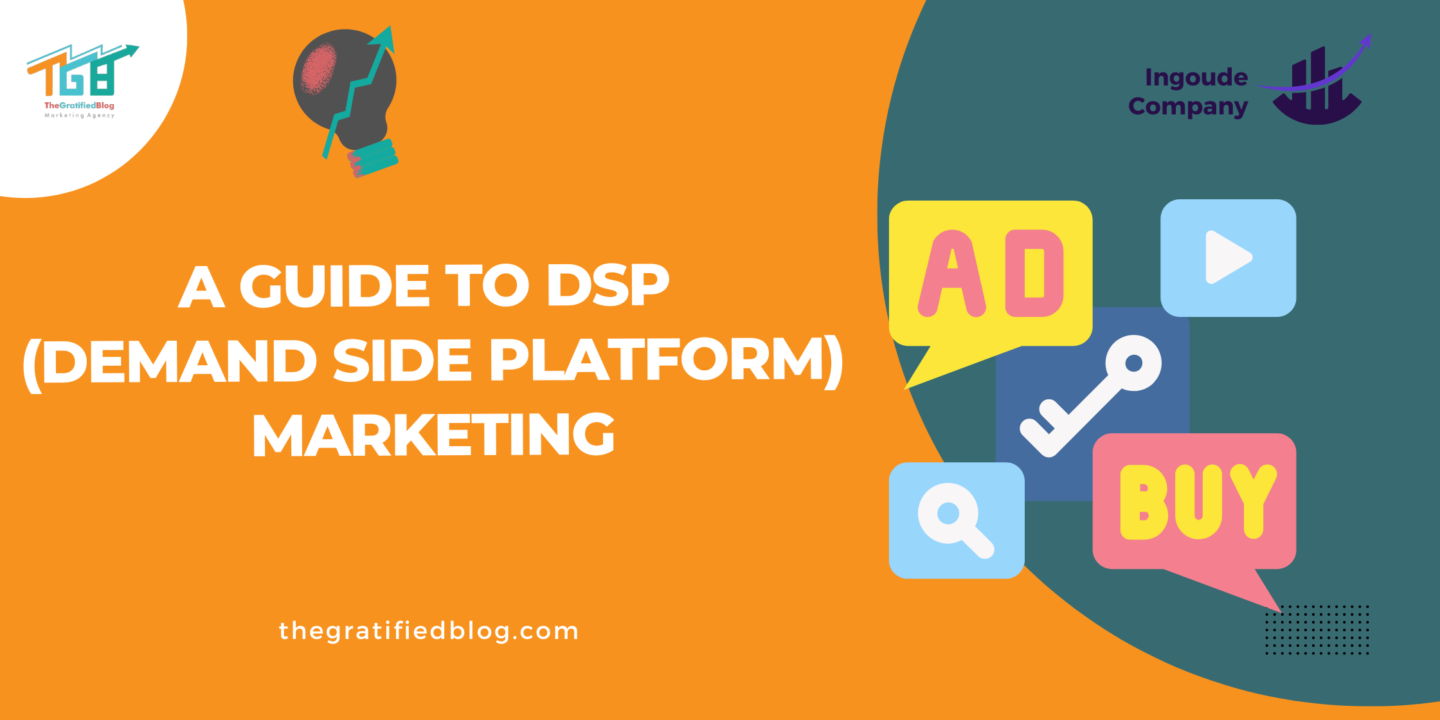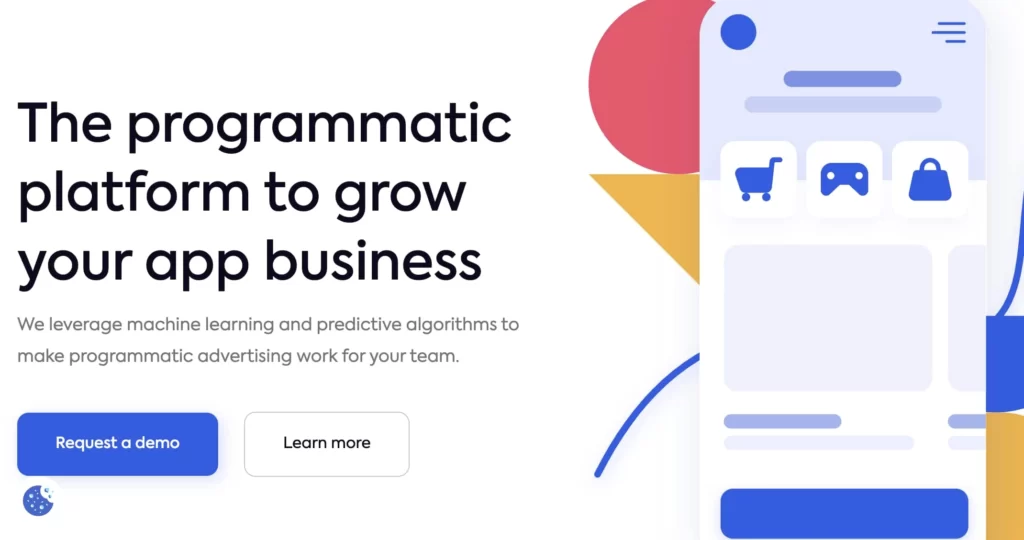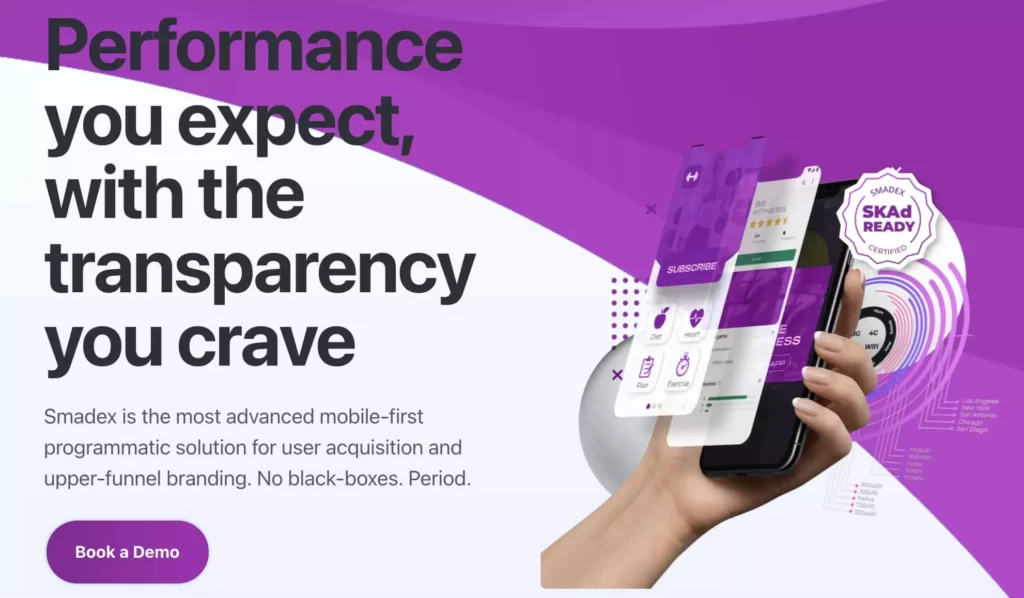
In today’s increasingly digital marketing landscape, businesses recognize the vital role of effective marketing tactics in reaching their target audience and enhancing brand visibility. Given the swift progress of digital technologies and the proliferation of online platforms, companies continuously explore innovative ways to connect with customers. One such indispensable tool in the realm of digital marketing is the Demand Side Platform, commonly known as DSP.
In this blog, we will explore DSP marketing, including its definition, working mechanism, benefits, campaign setup, challenges faced by advertisers, and best practices for a successful DSP marketing campaign.
What Is DSP Marketing?
DSP marketing, or Demand Side Platform Marketing, is a digital advertising approach that enables advertisers to buy and manage ad inventory programmatically.
In simpler terms, DSP marketing is a technology platform that streamlines the purchase and sale of online advertising inventory in real-time.
How Does DSP Marketing Work?
DSPs use programmatic advertising to automate the buying and selling of ads in real time. Real-time bidding is a crucial component of programmatic advertising, where ad placements are auctioned off in milliseconds.
When initiating a DSP advertising campaign, it is crucial to devise a spending strategy, including determining the optimal cost per click and cost per action. This enables you to set up your online ads so that the platform can allocate the appropriate amount during each auction.
Additionally, top-tier DSP platforms offer the flexibility to include multiple rich media ads such as videos, images, and animations in your campaigns.
What Are The Key Features Of DSP Marketing?
DSP marketing platforms typically offer a range of features to help advertisers manage their campaigns and optimize their ad spend. Some of the critical features of DSP marketing include the following:
- Audience Targeting
DSPs enable advertisers to focus on particular audiences according to diverse criteria, including demographic data, interests, and behaviors. That allows advertisers to reach the right people with their ads and increase the chances of conversions.
- Real-Time Bidding
It uses real-time bidding (RTB) to automate the buying and selling of ad inventory. That ensures that advertisers can bid on ad inventory in real time, maximizing their chances of winning the auction and displaying their ad to the right audience.
- Data Analytics
They provide advertisers with real-time data analytics and insights, facilitating the monitoring and optimization of their campaigns continually. This data can be used to adjust bidding strategies, refine targeting, and improve ad creatives, ensuring the campaign delivers the best possible results.
- Ad Inventory Management
DSPs allow advertisers to manage their ad inventory across diverse channels, encompassing websites, social media platforms, and mobile apps. This empowers advertisers to connect with their desired target audience across various platforms and devices.
What Are The Different Types Of DSPs?
There are various types of DSPs available in the market that cater to different advertising needs. Some of the most common types of DSPs include:
- Self-serve DSPs
Self-serve demand-side platforms (DSPs) are user-friendly and enable advertisers to manage their campaigns independently. These platforms provide an array of features we discussed earlier, giving advertisers the necessary tools to execute and optimize their campaigns effectively.
With a self-serve DSP, advertisers can create, manage, and analyze ad campaigns without external assistance. This approach allows advertisers to reduce overhead costs and control their campaigns completely.
However, it requires a certain level of expertise in-house, and the learning curve can vary from easy to moderate, depending on the advertiser’s level of knowledge.
- Full-service DSPs
Full-service demand-side platforms (DSPs) provide advertisers with complete services to manage and optimize advertising campaigns. These platforms offer services beyond the features of self-serve DSPs, including campaign strategy, creative development, and optimization.
When using a full-service DSP, advertisers work with an account manager and sales representative to manage their ad campaigns. However, advertisers must commit to a minimum budget for each campaign to access these services.
While full-service DSPs are typically more expensive than self-serve DSPs, they allow advertisers to outsource the responsibility of campaign management to an external team. Large-scale organizations with substantial budgets tend to prefer full-service DSPs.
One major drawback of full-service DSPs is that campaign management is less flexible than self-serve DSPs. Making even minor changes requires an account manager to implement, which can take some time, depending on their availability.
Setting Up A DSP Marketing Campaign
Setting up a DSP marketing campaign involves several steps, each critical to the campaign’s success.
Here are some critical steps for setting up a DSP marketing campaign.
- Identifying Your Target Audience
The first step in setting up a DSP marketing campaign is identifying your target audience. You can analyze and understand your audience using various data sources, including website analytics, social media metrics, and third-party data providers. This information can help you target your audience more effectively and increase the ROI of your campaign.
- Choosing A DSP
The second step is selecting a DSP that aligns with your campaign goals and budget. Evaluate different DSPs based on their features, capabilities, and pricing models.
Some factors to consider include the platform’s targeting options, inventory sources, transparency, and reporting capabilities.
- Creating Ad Creatives
The next step is creating compelling ad creatives once the 1st and 2nd steps are done. That includes designing images, videos, and ad copy
that align with your audience and maintain consistency with your brand identity. It’s essential to test and optimize your ad creatives to ensure they effectively drive conversions.
- Setting Up Campaign Parameters
After creating your ad creatives, it’s time to set up your campaign parameters. That includes defining your budget, bidding strategy, targeting options, and ad placements. Ensuring your campaign parameters align with your campaign goals and budget is crucial.
- Monitoring And Optimizing Your Campaign
Once your campaign is live, monitoring and optimizing it continuously is essential. Use the DSP’s reporting tools to track key performance indicators (KPIs) and adjust your campaign parameters as necessary to improve campaign performance.
Some KPIs to monitor include click-through rates (CTRs), conversion rates, and cost per acquisition (CPA).
Challenges Of DSP Marketing
While It has many advantages, there are also some challenges that advertisers may face. Here are some of the common challenges of DSP marketing:
- Ad Fraud
One of the biggest challenges of DSP marketing is ad fraud, where advertisers pay for ad impressions or clicks that are not genuine. Ad fraud can lead to squandered ad expenditure and diminished campaign effectiveness.
Advertisers must work with reputable DSPs to mitigate ad fraud and implement prevention measures such as ad verification and fraud detection tools.
- Ad Viewability
Another challenge of DSP marketing is ad viewability, where ads are not visible to the user or fully displayed on the screen. Ad viewability can result in reduced campaign performance and wasted ad spending.
To address ad viewability, advertisers should work with DSPs that provide ad viewability metrics and optimize their campaigns for viewability.
- Ad Blocking
Ad blockers are becoming increasingly common, with many users blocking ads on their browsers and devices. This can result in reduced ad reach and campaign performance. To address ad blocking, advertisers should consider native advertising and other non-intrusive ad formats less likely to be blocked by users.
- Privacy Regulations
Regulations on privacy, like the General Data Protection Regulation (GDPR) and the California Consumer Privacy Act (CCPA), have made it more difficult for advertisers to target users with personalized ads.
Advertisers must ensure their campaigns comply with these regulations and use alternative targeting methods, such as contextual targeting.
Top DSP (Demand Side Platforms) Example
Knorex
Knorex is a versatile advertising platform streamlining personalized marketing across various channels, devices, and formats. With Knorex, you can market your products or services on multiple social media platforms, including Google Search, Facebook, Instagram, and LinkedIn, all in a single platform.
Moreover, Knorex leverages AI technology to analyze past data and forecast future trends. It automatically adjusts ad budgets in real time to drive optimal efficiency, making it a powerful tool for maximizing ROI.
Jampp

Jampp is a demand-side platform that uses exclusive contextual and behavioral signals to promote customer acquisition and in-app purchases through programmatic advertising.
Jampp’s main features include user acquisition, app retargeting, geolocation-based advertising, dynamic ads, and predictive bidding. This platform focuses primarily on mobile user acquisition and app retargeting, enabling you to create and implement mobile-first ads.
Smadex

Smadex is a mobile demand-side platform designed to boost growth. It employs proprietary programmatic advertising technology, machine learning, and first-party data.
Using Smadex, you can efficiently reach global audiences at a large scale and re-engage your existing audiences through its advanced retargeting capabilities.
Final Thoughts
Now that you are familiar with setting up a DSP marketing campaign, you can use this information to plan and execute your campaigns effectively.
If you face any difficulties, then feel free to contact us. We will be happy to help you.
Thanks for reading 🙂








No Comments